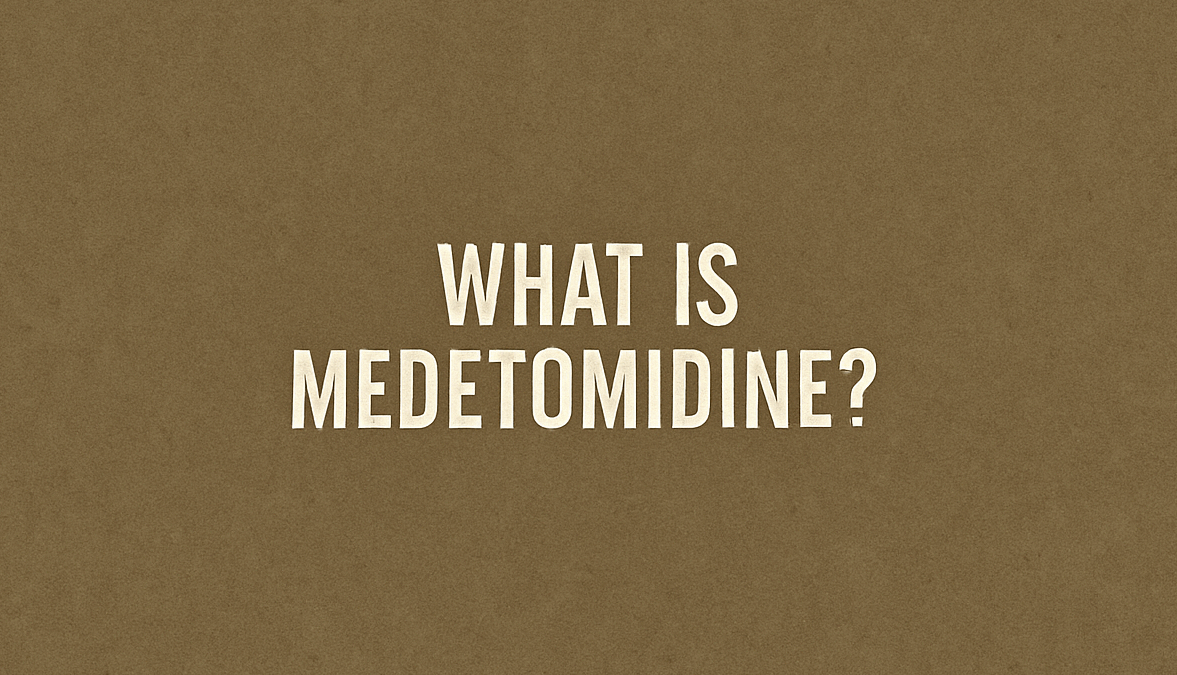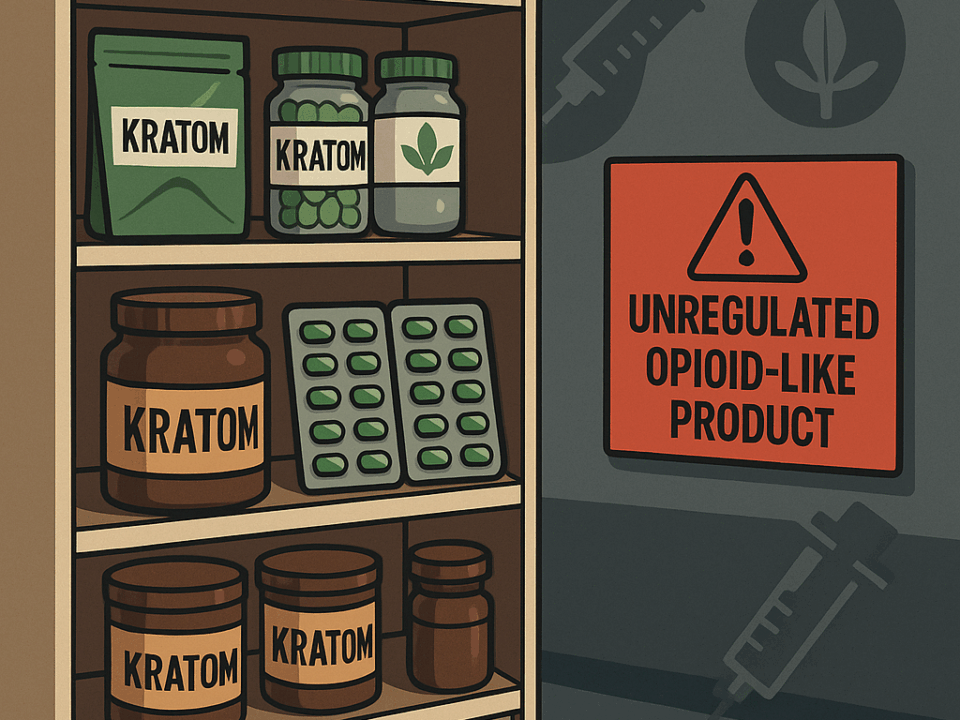
Medetomidine—a potent veterinary sedative—has surfaced as a troubling new ingredient in street drugs, especially in fentanyl-based opioid mixes. Its growing prevalence in illicit opioid supplies across U.S. cities in 2025 has raised alarm due to its resistance to treatments like Narcan (Naloxone) and the dangerous withdrawal and overdose symptoms it produces.
What Is Medetomidine and Its Intended Use
Medetomidine is an α₂‑adrenergic receptor agonist used for sedation, analgesia, and muscle relaxation in animals such as dogs and cats. It is not approved for human use. It causes significant cardiovascular effects—bradycardia, hypotension—and sedation that could all prove fatal when used by a human.
Medetomidine’s Emergence in Street Drugs and Fentanyl Adulteration
First identified in Maryland in mid‑2022, medetomidine has since surfaced in illicit supplies across Missouri, Colorado, Pennsylvania, California, and other states, found in powdered drug materials and in overdose patient samples. Medetomidine is mixed with fentanyl, heroin, xylazine, and other street drugs to amplify sedation and prolonged effect. Medetomidine is a non-opioid with sedative effects unrelated to opioid receptors. Thus, Naloxone (Narcan), which targets opioid receptors, often fails to reverse medetomidine effects. To combat this, overdose response strategies have shifted when it comes to an overdose with Medetomidine involved. Now, first responders are saying to emphasize preserving breathing over consciousness.
Usage of Medetomidine in Drug Cocktails (2023–2025)
Two years ago Medetomidine was minimally detected in fentanyl and opiate-related supplies and overdoses with very few occurrences of it being traced in these drug cocktails. One year ago, Medetomidine began spiking in particular, scattered cities throughout the U.S. These cities include Chicago, Philadelphia, Pittsburgh, and San Francisco. Now, the number continues to rise, specifically in the aforementioned cities where in many of them, the presence of Medetomidine is becoming more prevalent than Xylazine.
It is scary to see how quickly Medetomidine has become a common mixture to add to these drug concoctions, and unfortunately it looks like there are no signs of slowing down.
Detection of Medetomidine: Instant Street-Level Tests
Although there are some Medetomidine harm reduction strips available on the market today, there are not many, as the need for them hasn’t been necessary until recently. Currently, many manufacturers across the industry are working hard to develop these harm reduction & testing strips so that they can start to be used for preliminary diagnosis of the drug in on-site situations going forward. We will continue to update and monitor this as our duty to you.
Public Health Implications and Recommendations
Surveillance Gaps and the Need for Drug-Checking Programs
Many public health systems lack capacity to routinely test for medetomidine. Unchecked, it may continue replacing xylazine in opioid mixes unnoticed.
Updating Emergency Response and Harm Reduction Strategies
-
Overdose response should focus on airway and breathing support since naloxone often fails.
-
Test strip distribution and public alerts must be expanded to reflect emerging adulterants.
FAQs (Frequently Asked Questions)
-
What is Medetomidine?
A veterinary α₂-agonist sedative, not approved for human use, now found in illicit drug mixtures. -
Why is it making street drugs more dangerous?
It amplifies sedation alongside fentanyl, resists reversal by naloxone, and causes severe withdrawal and cardiovascular effects. -
Can Narcan reverse medetomidine overdoses?
Often, no—because medetomidine is not an opioid and works via a different mechanism. -
How is it detected in street drugs?
Through rapid test strips for powders/liquids at ~1000 ng/mL; these are presumptive, not definitive. -
Where have overdose spikes occurred?
Notably in Chicago, Philadelphia, Pittsburgh, and San Francisco, with rising hospitalizations and fatalities in 2025 compared to earlier years. -
How does this compare to xylazine?
Medetomidine is 10–200× more potent than xylazine and now appears more frequently in some drug supplies across various cities and metro areas.
In 2025, medetomidine has emerged as a dangerous new adulterant in fentanyl-based street drugs. Its potent sedative effects, resistance to naloxone, and challenging withdrawal symptoms compound the opioid crisis. Rapid test availability and adapted emergency protocols are urgent public health priorities. As this trend accelerates, vigilance, harm reduction innovation, and surveillance improvements are critical to save lives.



